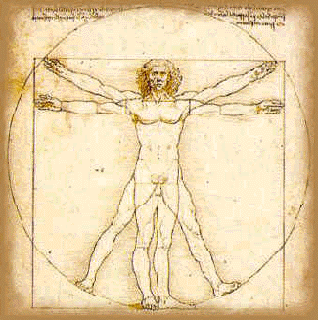The Use of Film.
In this blog post I will be discussing the use of film in education. The use of film as an educational tool includes a pupil's culture in the learning process and encourages their home identities resulting in pupils being more engaged and motivated to learn as their lived culture is being valued in the class room (Parry,2014). Children of all academic abilities can participate fully in a lesson where film is used as an educational tool as children can understand the narrative of film and apply it to new texts: perhaps more readily than with a text they have read (Parry,2014). Film education can include film analysis or the making of films. Pupils can draw on their existing experiences to develop an understanding of new concepts and skills with in the national curriculum(Parry,2014). One element of the national curriculum that film education can promote is literacy standards and communication skills.
I witnessed these skills being developed in children when creating a film with young people from ages 10-16 in a creative writing group called Bubble Slam. Between September and December 2013 myself, Zoe Jarvis and a group of eleven young individuals wrote and starred in a horror film spoof called Swansea Spookfest. The children wrote the script themselves and came up with all of the ideas. In order to do this successfully they had to use communication skills to decide what ideas to use and which ones not to, and literacy skills to write their own lines and stage directions. It also developed their confidence, and organisational skills as they had to work to a dead line and assist in directing.
Having seen first hand the positive affects the use of film can have I believe that the use of film in education is a positive pedagogical tool as it promotes aspects of the curriculum and fully engages and excites learners as well as builds their confidence.
Below is a link to the film I helped create:
References :
Parry,B (2014) 'Popular culture, participation and progression in the literacy classroom' [online] available from :http://moodle.swanseamet.ac.uk/mod/resource/view.php?id=38298 [accessed on 29/4/14]

.jpg)










.jpg)